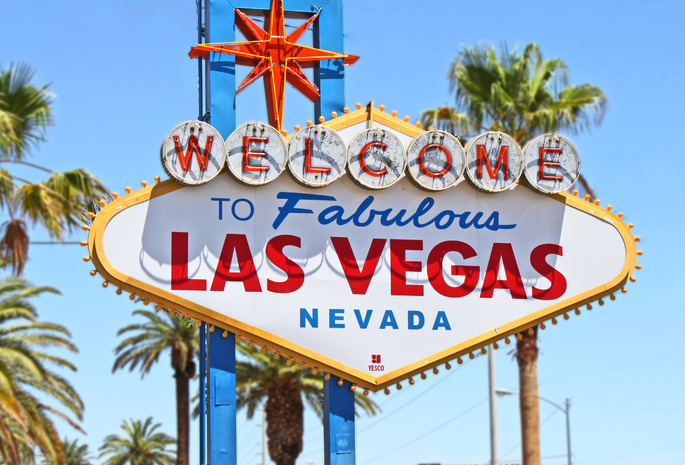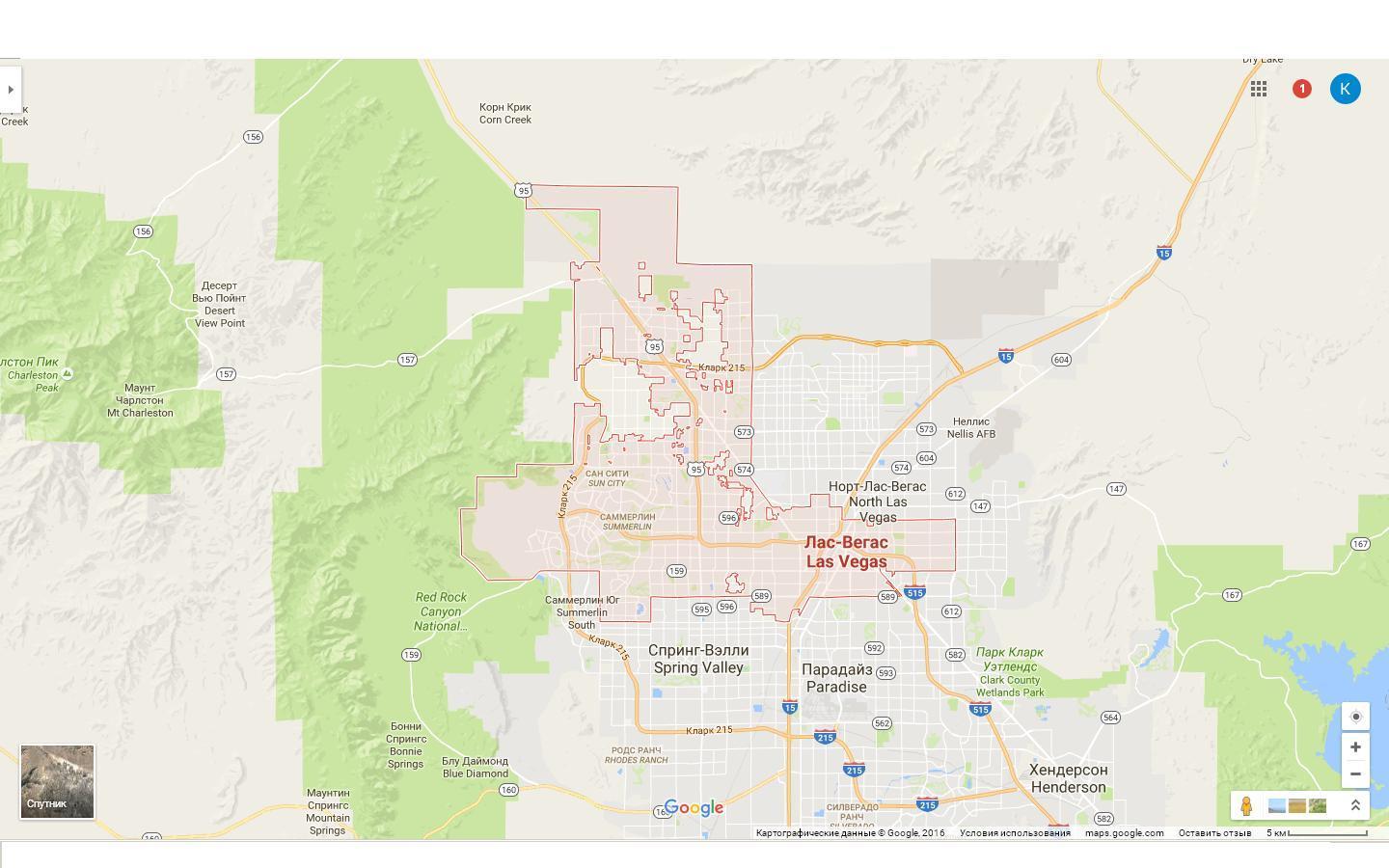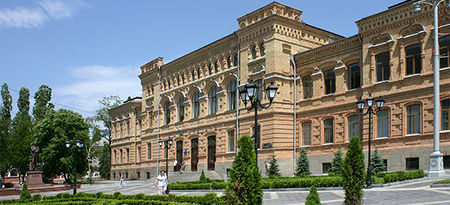Las vegas
 Las Vegas officially the City of Las Vegas and often known simply as Vegas, is the 29th-most populated city in the United States, the most populated city in the state of Nevada, and the county seat of Clark County. The city anchors the Las Vegas Valley metropolitan area and is the largest city within the greater Mojave Desert. Las Vegas is an internationally renowned major resort city known for its gambling, shopping, fine dining, entertainment, and nightlife. It is the leading financial, commercial, and cultural center for Nevada.
Las Vegas officially the City of Las Vegas and often known simply as Vegas, is the 29th-most populated city in the United States, the most populated city in the state of Nevada, and the county seat of Clark County. The city anchors the Las Vegas Valley metropolitan area and is the largest city within the greater Mojave Desert. Las Vegas is an internationally renowned major resort city known for its gambling, shopping, fine dining, entertainment, and nightlife. It is the leading financial, commercial, and cultural center for Nevada.
Geography Las Vegas is situated within Clark County in a basin on the floor of the Mojave Desert[26] and is surrounded by mountain ranges on all sides. Much of the landscape is rocky and arid with desert vegetation and wildlife. It can be subjected to torrential flash floods, although much has been done to mitigate the effects of flash floods through improved drainage systems.[27]
The peaks surrounding Las Vegas reach elevations of over 10,000 feet (3,000 m), and act as barriers to the strong flow of moisture from the surrounding area. The elevation is approximately 2,030 ft (620 m) above sea level. According to the United States Census Bureau, the city has a total area of 135.86 sq mi (351.9 km2), of which 135.81 sq mi (351.7 km2) is land and 0.05 sq mi (0.13 km2) (0.03%) is water.
Nevada is the third most seismically active state in the U.S. (after Alaska and California); it has been estimated by the United States Geological Survey (USGS) that over the next 50 years there is a 10-20% chance of a M6.0 or greater earthquake occurring within 50 km of Las Vegas.[28]
Within the city there are many lawns, trees and other greenery. Due to water resource issues, there has been a movement to encourage xeriscapes. Another part of conservation efforts is scheduled watering days for residential landscaping. A U.S. Environmental Protection Agency grant in 2008 funded a program that analyzed and forecast growth and environmental impacts through the year 2019.
Climate Las Vegas has a subtropical hot desert climate (Köppen climate classification: BWh), typical of the Mojave Desert in which it lies. There is abundant sunshine throughout the year, with an average of 310 sunny days and bright sunshine occurring during 86% of all daylight hours.[29] Rainfall is scarce, with an average of 4.2 in (110 mm) dispersed between roughly 26 to 27 total rainy days per year.[30] Las Vegas is among the sunniest, driest, and least humid locations in all of North America,[31] with exceptionally low dew points and humidity that sometimes remains below 10%. The summer months of June through September are very hot, though moderated by extremely low humidity. July is the hottest month with an average daytime high of 104.2 °F (40.1 °C). On average, 134 days per year reach or exceed 90 °F (32 °C), of which 74 days reach 100 °F (38 °C) and 7 days reach 110 °F (43 °C). During the peak intensity of summer, overnight lows often remain above 80 °F (27 °C) and occasionally above 85 °F (29 °C). [29] While most summer days are consistently hot, dry, and cloudless, the North American Monsoon sporadically interrupts this pattern and brings more cloud cover, thunderstorms, lightning, increased humidity, and brief spells of heavy rain to the area. The window of opportunity for the monsoon to affect Las Vegas usually falls between July and August, although this is inconsistent and varies considerably in its impact from year to year. Las Vegas winters are short and generally very mild, with stretches of chilly (but rarely cold) daytime temperatures. Like all seasons, sunshine during the winter is abundant. December is both the coolest and cloudiest month of the year, with an average daytime high of 56.6 °F (13.7 °C) and sunshine occurring during 78% of its daylight hours. Winter evenings are defined by clear skies and swift drops in temperature after sunset, with overnight lows sinking below 40 °F (4.4 °C) during the majority of nights in December and January. Owing to its elevation that ranges from 2,000 feet to 3,000 feet, Las Vegas experiences markedly cooler winters than other areas of the Mojave Desert and the adjacent Sonoran Desert that are closer to sea level. Consequently the city records freezing temperatures an average of 16 nights per winter. However, it is exceptionally rare for temperatures to ever fall to or below 25 °F (−4 °C), or for temperatures to remain below 45 °F (7 °C) for an entire day.[29] Most of the annual precipitation falls during the winter months, but even the wettest month (February) averages only four days of measurable rain. The mountains immediately surrounding the Las Vegas Valley accumulate snow every winter, but significant or sustained accumulation of any kind within the city itself is rare. The most recent major event occurred on December 16, 2008, when Las Vegas received 3.6 inches (9.1 cm).[32]
Рідне місто або село на карті України Google карти
Таблиця "Найважливіші події на території рідного краю"
| Дата | Історична подія |
|---|---|
| 1905 | Las Vegas was founded as a city |
| 1931 | was a pivotal year for Las Vegas. At that time, Nevada legalized casino gambling and reduced residency requirements for divorce to six weeks. This year also witnessed the beginning of construction on nearby Hoover Dam. The influx of construction workers and their families helped Las Vegas avoid economic calamity during the Great Depression. The construction work was completed in 1935. |
| 1941 | the Las Vegas Army Air Corps Gunnery School was established. Currently known as Nellis Air Force Base, it is home to the aerobatic team called the Thunderbirds. |
| 1951 | nuclear weapons testing began at the Nevada Test Site, 65 miles (105 km) northwest of Las Vegas. City residents and visitors were able to witness the mushroom clouds and be exposed to the fallout until 1963 when the limited Test Ban Treaty required that nuclear tests be moved underground. |
| 1959 | The iconic "Welcome to Las Vegas" sign, which was never located in the city, was created by Betty Willis, who never copyrighted it. |
| 1960s | corporations and business powerhouses such as Howard Hughes were building and buying hotel-casino properties. Gambling was referred to as "gaming," which transitioned into legitimate business. |
| 1989 | entrepreneur Steve Wynn changed the face of the Las Vegas gaming industry by opening up The Mirage, the Las Vegas Strip's first mega-casino resort. |
| 1995 | This year marked the opening of the Fremont Street Experience in Las Vegas' downtown area. This canopied, five-block area features 12.5 million LED lights and 550,000 watts of sound from dusk until midnight during shows held on the top of each hour. |
Ресурси:
- Посилання на презентацію у Google Диск - [[1]]
- Посилання на добірку відеоматеріалів;
- Посилання на опитування або анкету у Google Форми; - [4]
- Посилання на спільний груповий постер.
Сторінка проекту Проект "Моє рідне місто або село"
Кіровоградський державний педагогічний університет імені Володимира Винниченка


